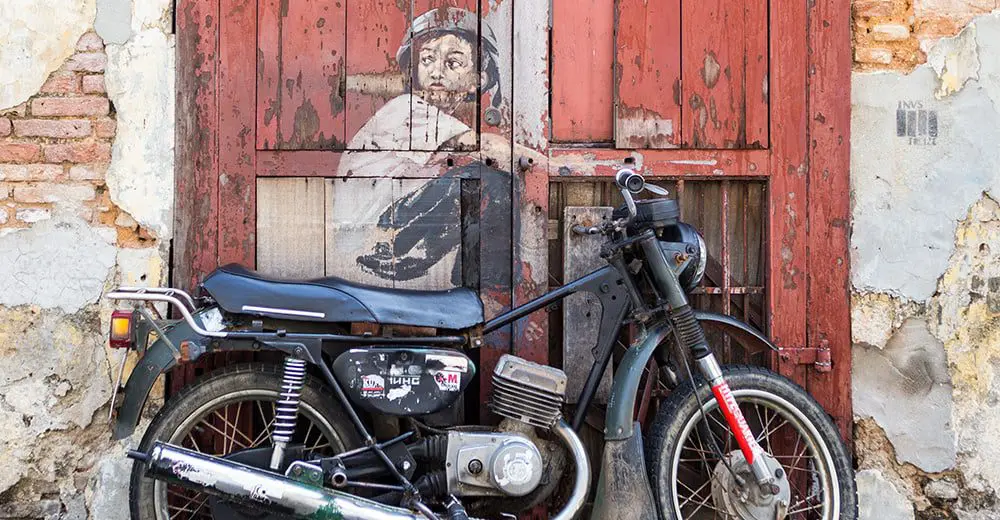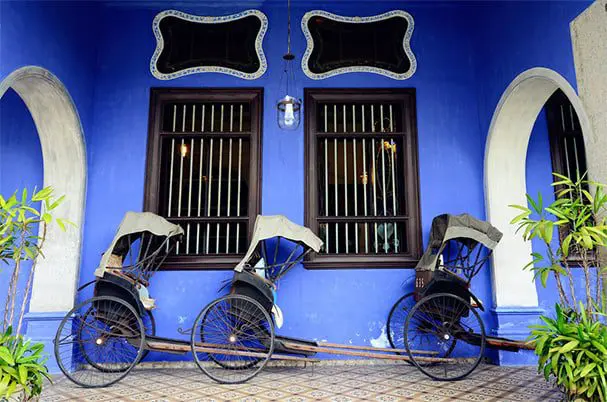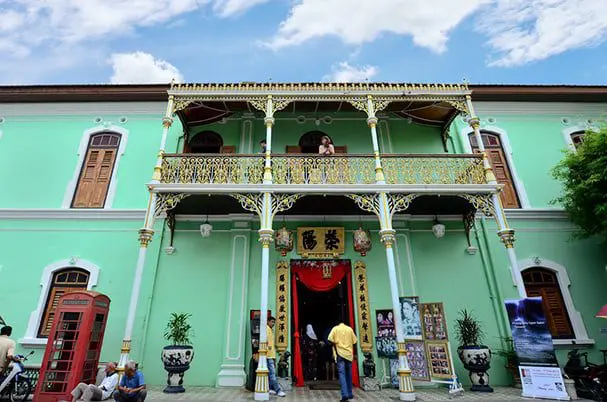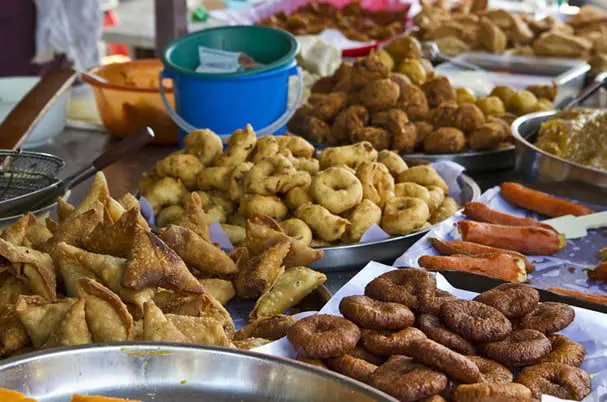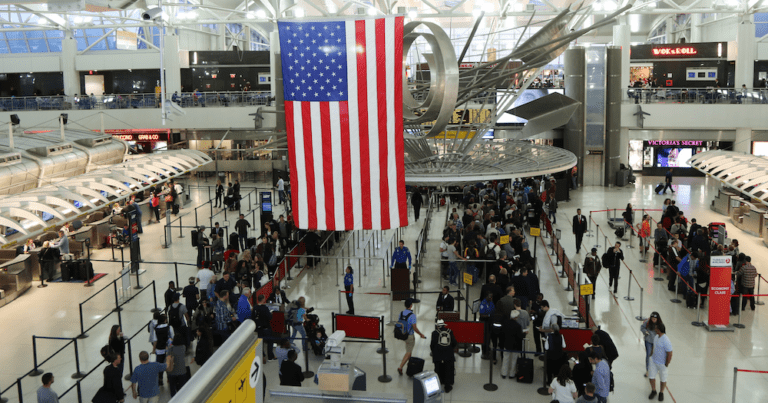With its ancient cultures, indigenous and colonial architecture, delicious local cuisine, and a burgeoning tourism scene George Town has recently been named one of Lonely Planet’s top 10 cities for 2016 and it’s not hard to see why.
George Town’s most obvious – and touted – attraction is its architecture. An eclectic jumble of romantically crumbling Chinese shophouses, British Raj-era buildings, Chinese Temples and mosques means thatGeorge Town is a city that rewards explorers. Stroll past people roasting coffee over a fire or sculpting giant incense for a ceremony.
Get lost in the maze of chaotic streets and narrow lanes, past shrines decorated with strings of paper lanterns and fragrant shops selling Indian spices.
But for foodies George Town’s greatest allure is its cuisine. The city has earned a well-deserved reputation for being Malaysia’s, if not South East Asia’s, food capital. Home to five distinct cuisines, cheap and delicious open-air hawker centres, abundant seafood and legendary fruit, it’s the kind of place that boasts both quality and quantity.
George Town is packed with plenty of must-see attractions guaranteed to appeal to every type of traveller from families and honeymooners to food-lovers and those with a thirst for adventure.
To help you plan the perfect itinerary, here are Tourism Malaysia’s top picks of things to see and do in this this vibrant and quirky city.
Cheong Fatt Tze Mansion
Cheong Fatt Tze Mansion in the old part of George Town, is one of Penang’s most iconic attractions. The home of an influential Chinese industrialist in the early 1890s, the striking blue building compromises some of the best examples of 18th and 19th-century colonial Chinese architecture.
Relying heavily on feng shui design, a team of master craftsmen from China took more than seven years to build the mansion originally, including its five granite courtyards, 38 rooms, seven staircases and 22 stained glass windows. Locals call it the Blue Mansion and it remains one of only three traditional Chinese mansions outside of China.
In 1989, it was restored and converted into a 16-room boutique heritage hotel/museum combo best known for its indigo blue façade. Rooms are priced from around $215 per night. Or if you don’t feel like staying, join one of the guided tours instead which take place at 11.00am, 1.30pm and 3.00pm, with an entry fee of just RM12 per visitor.
Fort Cornwallis
Another one of George Town’s most well known landmarks, Fort Cornwallis is the largest standing fort in Malaysia. Set close to the Esplanade and Penang Clocktower in the oldest quarter of George Town, the star-shaped bastion is one of the oldest structures in Penang.
Named after Marquis Charles Cornwallis the former Governor General of India, only a set of ten-foot high outer walls remains, enclosing a park within. Here you can explore a 17th century chapel, prison cells, ammunition storage area, and much more. There are even some pretty cool old bronze cannons, including a Dutch one that superstitious locals believe has a positive effect on women’s fertility.
Originally built entirely out of wood, refurbishment over the years has led to the Fort’s current concrete façade. The Fort is open daily from 9.00am – 6.30pm and entry is free.
Pinang Peranakan Mansion
This ostentatious, mint green structure is among the most stunning restored residences in George Town. A self-guided tour reveals that every door, wall and archway is carved and often painted in gold leaf; the grand rooms are furnished with majestic wood furniture with intricate mother-of-pearl inlay; there are displays of charming antiques; and bright-coloured paintings and fascinating black and white photos of the family in regal Chinese dress grace the walls.
The house belonged to Chung Keng Quee, a 19th-century merchant, secret society leader and community pillar, as well as being one of the wealthiest Baba-Nonyas of that era. After visiting the house, be sure to also check out Chung Keng Kwi Temple, the adjacent ancestral hall.
Street food, Hawker style
Of course the choice is infinite, but one of the best places to sample some of George Town’s famous street food is Lg Selemat. The southern end of the eponymous strip is largely associated with Kafe Heng Huat, lauded for doing the city’s best char kway teow , but adjacent stalls also sell to die-for lor bak , rojak, won ton mee (wheat-and-egg noodle soup) and other Chinese Penang staples.
But if you are nervous about f you’re nervous about eating street food, head instead to the New World Park Food Court.
The famous hawker stalls of Swatow Lane have been moved into this flash pavilion, where Malaysian street stalls are set out in a sanitized, almost mall-like atmosphere. Laughing families and friends all line up for curry mee (noodles in a curry-like soup), fish ball soup and other specialties, served under indisputably clean and safe conditions.
Where to stay?
There are plenty of hotel and accommodation options in Penang to suit every budget. Apart from The Blue Mansion two of the best family options include Shangri-La’s Rasa Sayang Resort in Batu Ferringhi with rooms priced from around AU$265, and Hotel Penaga in the heart of George Town priced from around AU$147 per room.


